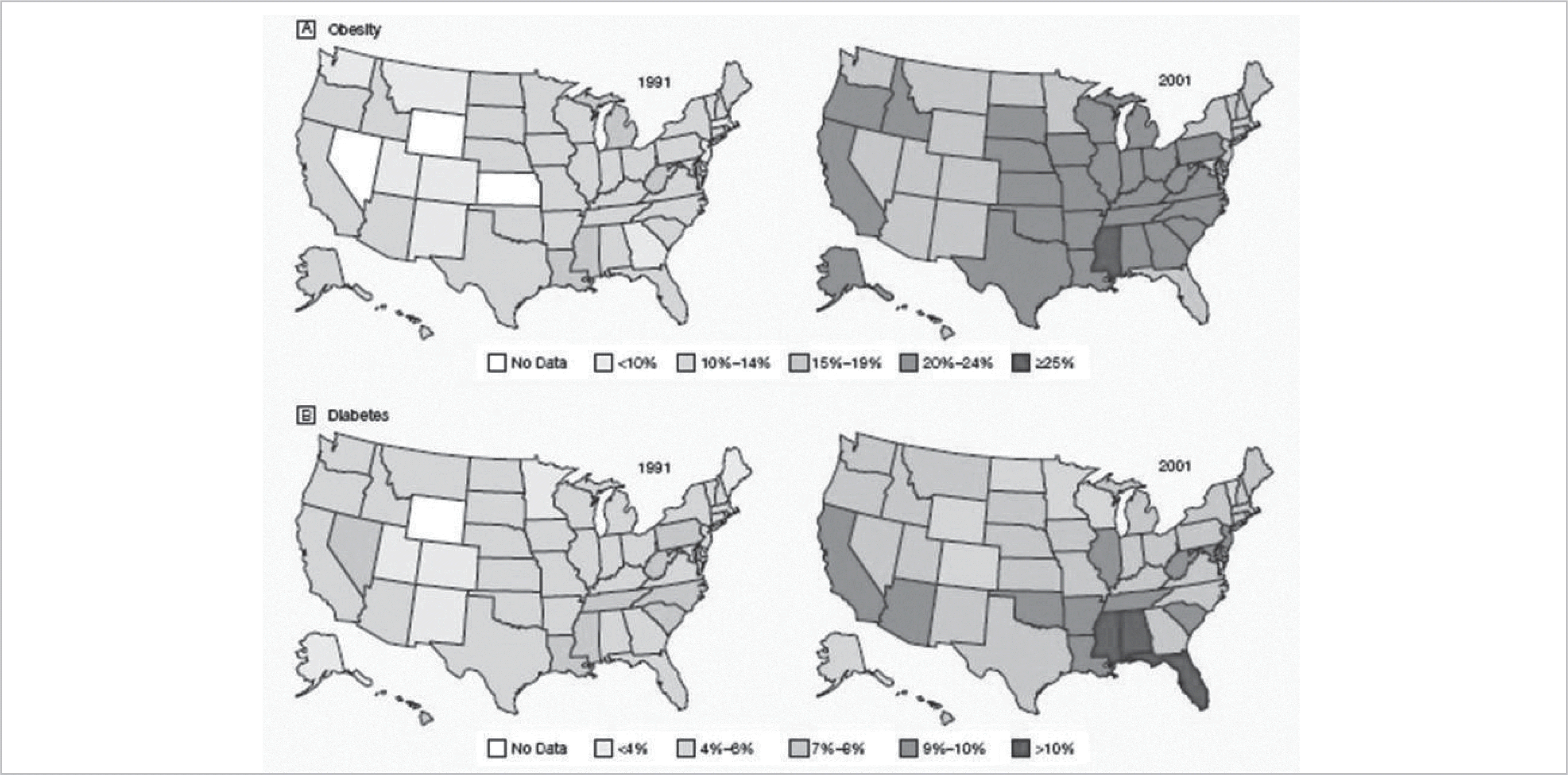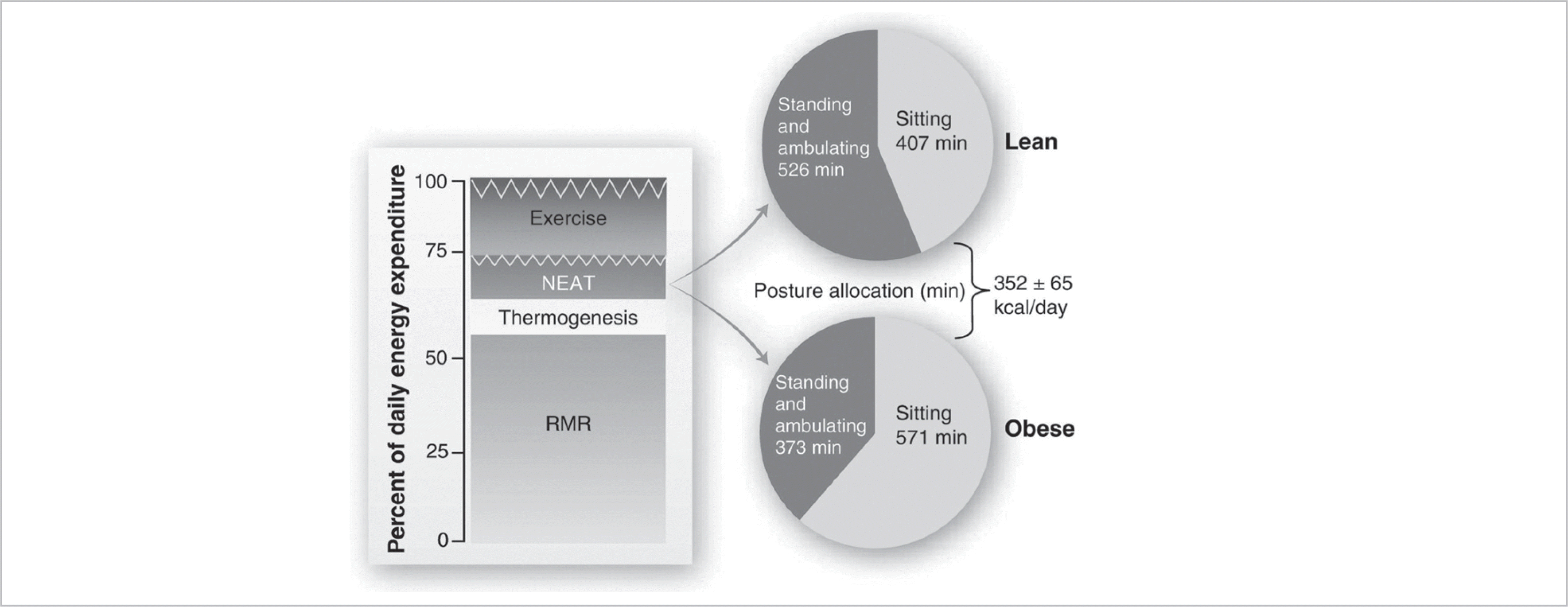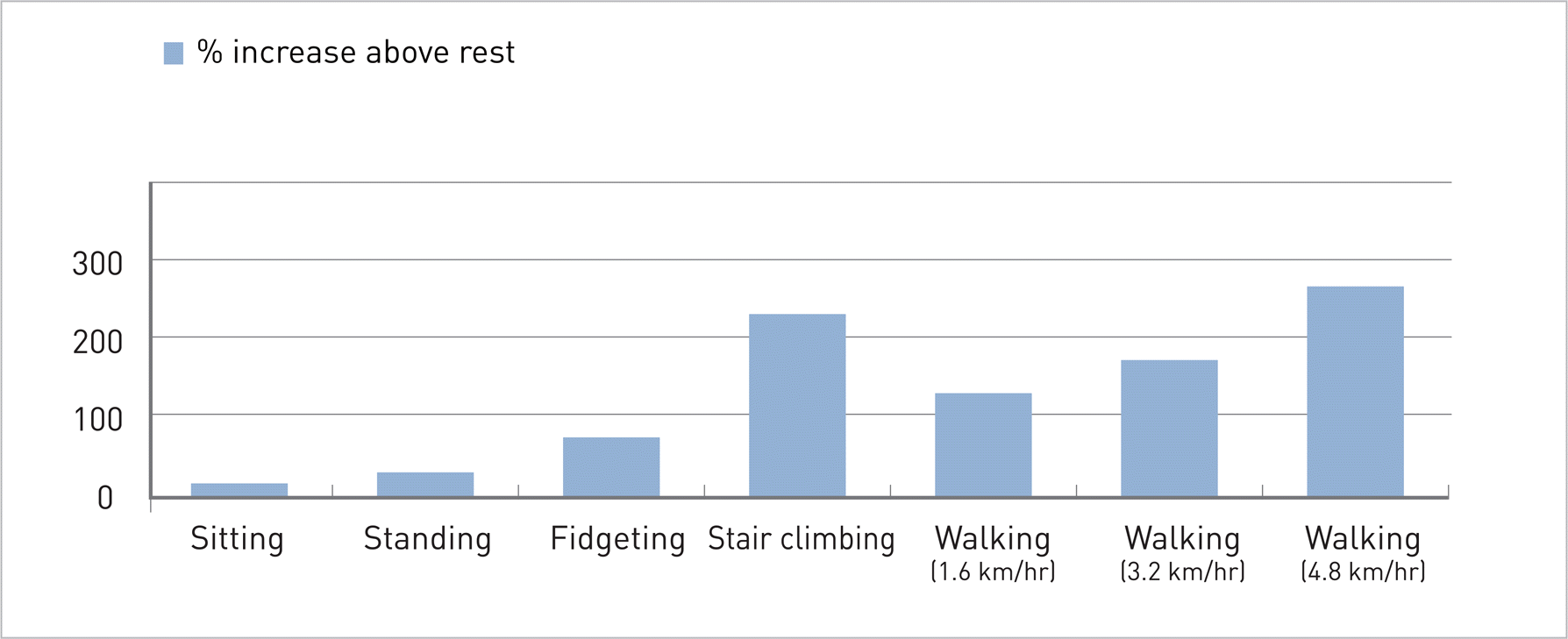Abstract
Evidence from several studies indicates that obesity and weight gain are associated with an increased risk of diabetes. Obesity occurs when energy intake exceeds energy expenditure over a protracted period of time. The energy expenditure associated with everyday activity is commonly referred to as Non Exercise Activity Thermogenesis (NEAT). Increasing NEAT, improving diet, and sustaining these lifestyle changes can reduce body weight. This paper provides evidence that NEAT is important in understanding the cause of weight gain and in developing effective treatments for weight control.
Go to : 
REFERENCES
1. Resnick HE, Valsania P, Halter JB, Lin X. Relation of weight gain and weight loss on subsequent diabetes risk in overweight adults. J Epidemiol Community Health. 2000; 54:596–602.

2. Caspersen CJ, Powell KE, Christenson GM. Physical activity, exercise, and physical fitness: definitions and distinctions for health-related research. Public Health Rep. 1985; 100:126–31.
3. Donahoo WT, Levine JA, Melanson EL. Variability in energy expenditure and its components. Curr Opin Clin Nutr Metab Care. 2004; 7:599–605.

4. Levine JA. Nonexercise activity thermogenesis (NEAT): environment and biology. Am J Physiol Endocrinol Metab. 2004; 286:E675–85.

6. Levine JA, Baukol PA, Westerterp KR. Validation of the Tracmor triaxial accelerometer system for walking. Med Sci Sports Exerc. 2001; 33:1593–7.

Go to : 




 PDF
PDF ePub
ePub Citation
Citation Print
Print






 XML Download
XML Download